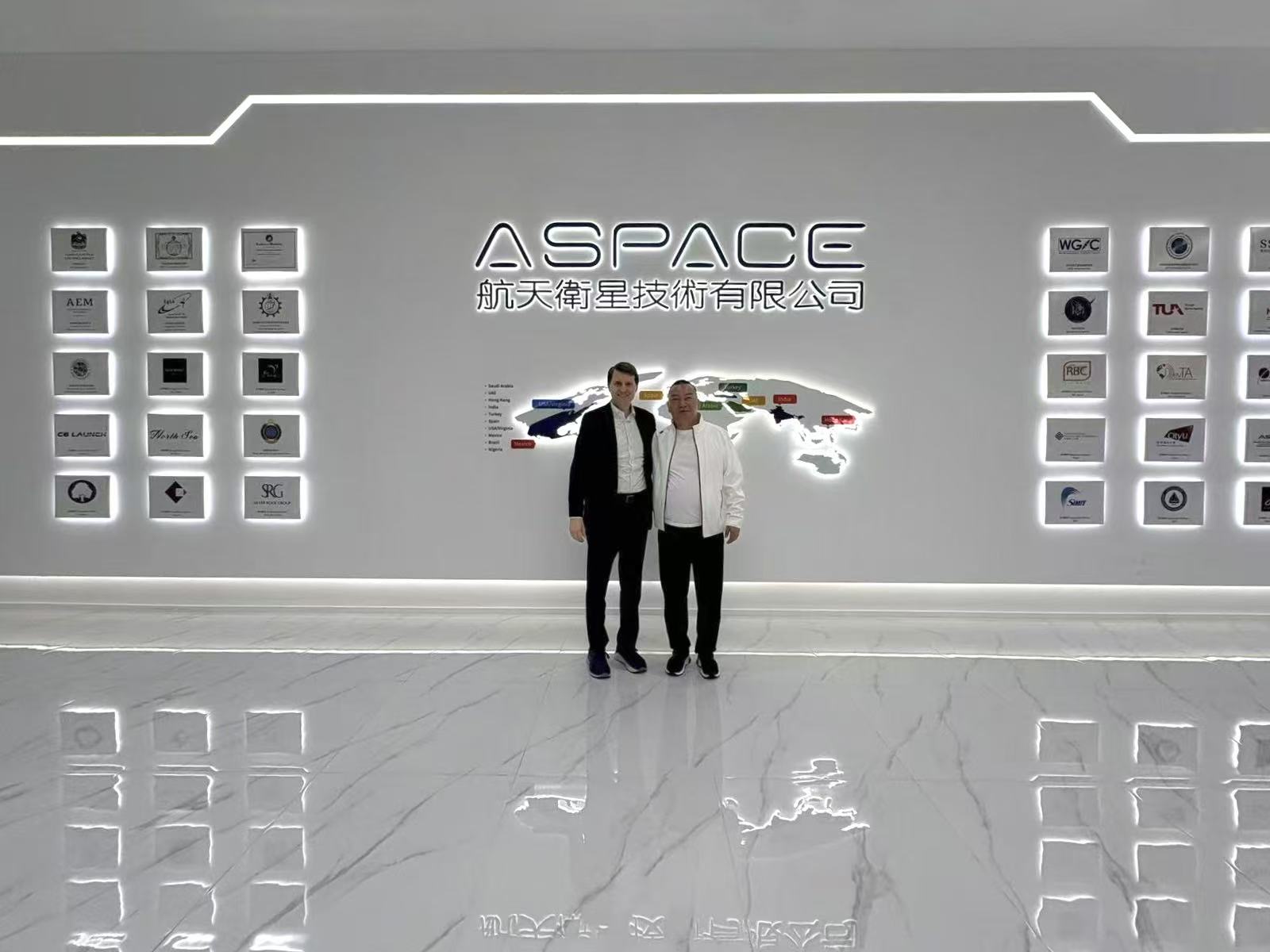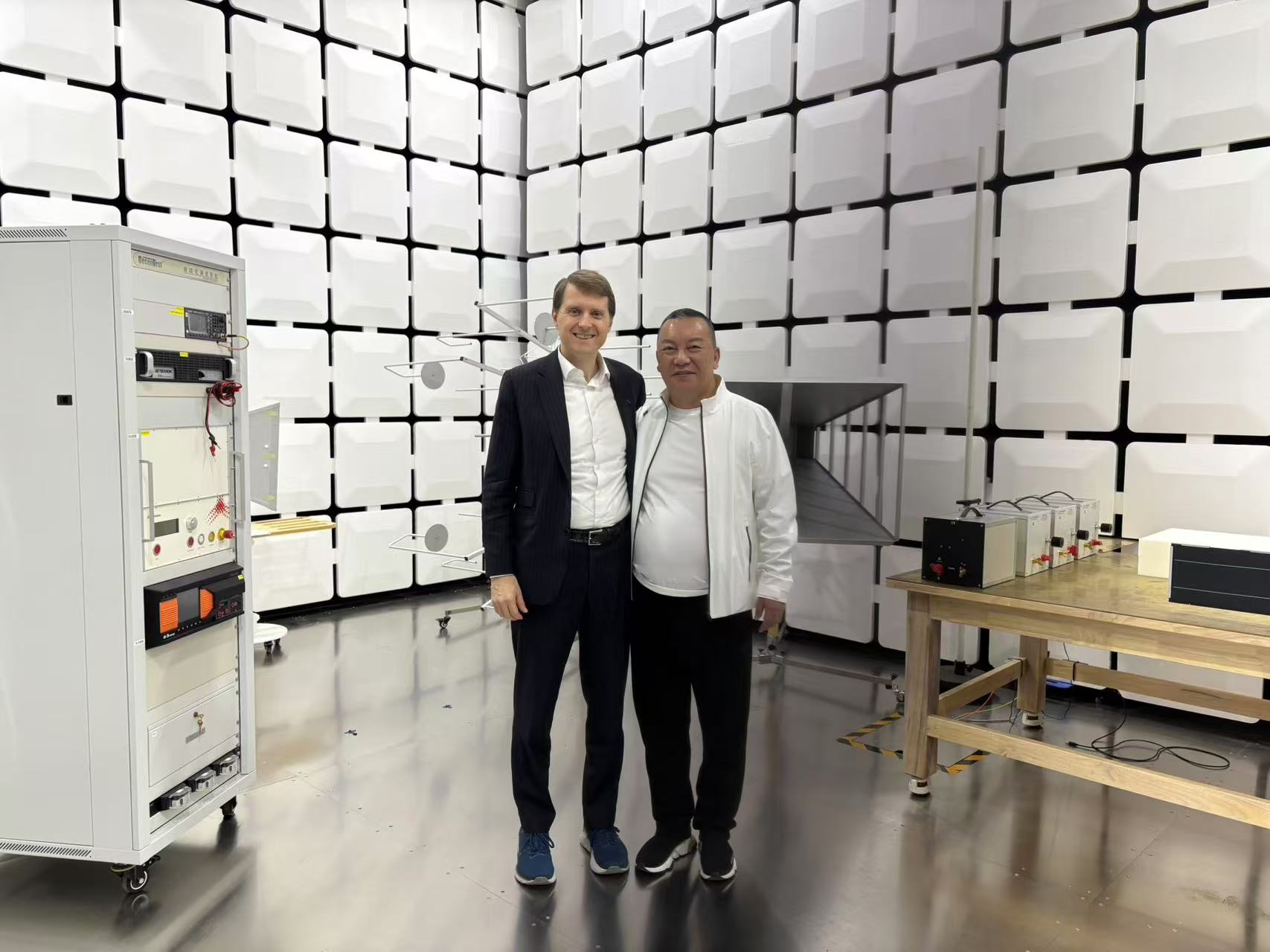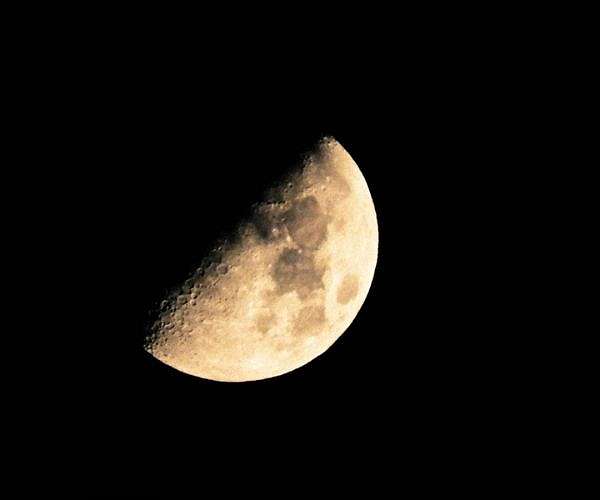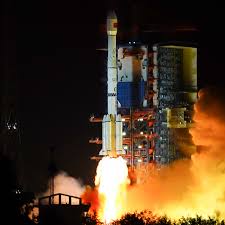15
2025-04
Christopher Nixon visits USPACE
On April 15, 2025, Christopher Nixon Cox, the grandson of the 37th President of the United States, Richard Nixon, visited USPACE and its satellite manufacturing centre, TT&C centre, and data application centre and highly praised the USPACE's facilities, equipment, and innovative achievements in the field of aerospace technology.
 Accompanied by Mr. Sun Fengquan, USPACE's CEO, Christopher Nixon, deeply understood USPACE's leading technologies in satellite research and development, space data applications, and global TT&C network construction. He appreciated USPACE’s intelligent satellite manufacturing capabilities and commercial space data service system and looked forward to promoting more international cooperation.
Accompanied by Mr. Sun Fengquan, USPACE's CEO, Christopher Nixon, deeply understood USPACE's leading technologies in satellite research and development, space data applications, and global TT&C network construction. He appreciated USPACE’s intelligent satellite manufacturing capabilities and commercial space data service system and looked forward to promoting more international cooperation.
 During the visit, both sides exchanged in-depth information on USPACE's business expansion and potential cooperation in the US market. Christopher Nixon stated that the coordinated development of the US space industry and leading global companies is crucial, and he hopes to promote cooperation between USPACE and American companies and research institutions in exploring new opportunities in commercial space in the future.
During the visit, both sides exchanged in-depth information on USPACE's business expansion and potential cooperation in the US market. Christopher Nixon stated that the coordinated development of the US space industry and leading global companies is crucial, and he hopes to promote cooperation between USPACE and American companies and research institutions in exploring new opportunities in commercial space in the future.
USPACE has always been committed to promoting open cooperation in the global aerospace industry, and this exchange has laid a solid foundation for future business layouts in the US market. In the future, USPACE will continue to deepen technological innovation and work with global partners to promote space technology's commercial application and development.
-
16
2025-04

China Successfully Deploys World's First Cislunar Satellite Constellation
BEIJING, April 16, 2025 - China has successfully established the world's first three-satellite constellation in distant retrograde orbit (DRO) around the Moon, according to the Technology and Engineering Center for Space Utilization under the Chinese Academy of Sciences.
-
14
2025-04

NASA Measures Moonlight to Enhance Earth Observations
NASA’s Armstrong Flight Research Center has conducted a groundbreaking study measuring sunlight reflected by the Moon (moonlight) to improve the accuracy of Earth-observing satellite data. This calibration technique aims to enhance the precision of environmental and climate monitoring.
-
11
2025-04

China Launches TJS-17 to Expand Classified GEO Satellite Capabilities
On April 10, 2025, China launched the Tongxin Jishu Shiyan-17 (TJS-17) satellite atop a Long March 3B rocket from the Xichang Satellite Launch Center, marking another milestone in its classified geostationary orbit (GEO) technology test series.









